To my mind a contemporary museum is an educational space that enables critical reflection by asking the right questions, while minimizing its own bias . If it manages to do all that while entertaining me that is progressive museography. Having said this, I don’t think the Nest Museum of Nestle is a real museum, mausoleum would be more fit of a title, or its other designation, discovery center for children and adults, is definitely more appropriate.
It is a practice for large companies (Coca Cola, Porche, Philips, Intel, McDonalds etc.) especially the ones with a long life span and a substantial budget for marketing (and a public image sometimes intertwined with controversy) to invest that money in some sort of a “monument” dedicated to all the great stuff they did on this planet. And truth be told, the Nestle space is truly monumental, we loved it (no joke here). The design concept is simply fabulous, it is a space that invites you to spend time there and genuinely be interested in what they have to show. Few real museums have comparable financing for exhibition design. FriBoy and his best friend spend about 3 hours at the Nest and they still would have stayed some more. For us this was a major plus.
The exhibition is modular, similar to that of Maison Cailler, and takes the viewer on a virtual and interactive tour through the history of Nestle starting with its foundation by German born Heinrich Nestle and the invention of a viable powdered milk formula, through mergers and acquisitions, international expansion and their diversity of products. It was quite interesting to see how the world wars inadvertently pushed the expansion of Nestle on the global market due to the scarcity of fresh milk in Europe.



Apart from some of the historical information this place is interesting to see from the perspective of the evolution of product design and marketing.
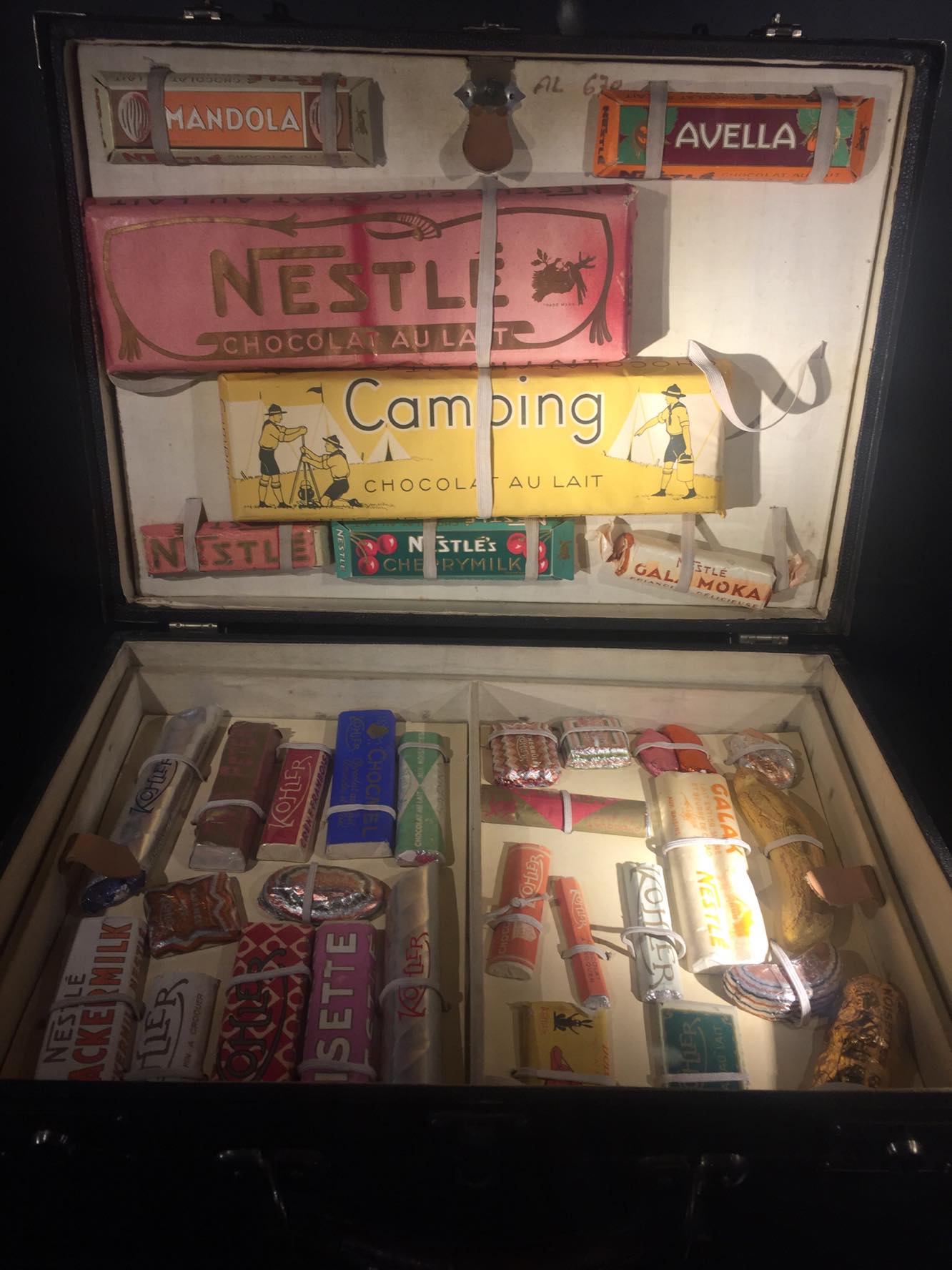
There is little information about their controversial practices, mostly related to infant formula and water bottling, and no critical overview of their business ethics and overall policies and practices and how they impact the environment (packaging, use of GMOs, water management etc). But once expectations are correctly set, this is quite an enjoyable experience.
The dads and the boys loved the multimedia equipment, everything was interactive and high tech. Their cafe is also a big plus because of its lovely design. However they only served lunch by noon. If you visit the museum in the after-noon you won’t get to enjoy it.

I think such places where it’s difficult to separate the marketing from the rest, can be useful in bringing more awareness on our consumption habits provided that everything is taken with plenty of discernment and one two grains of salt.
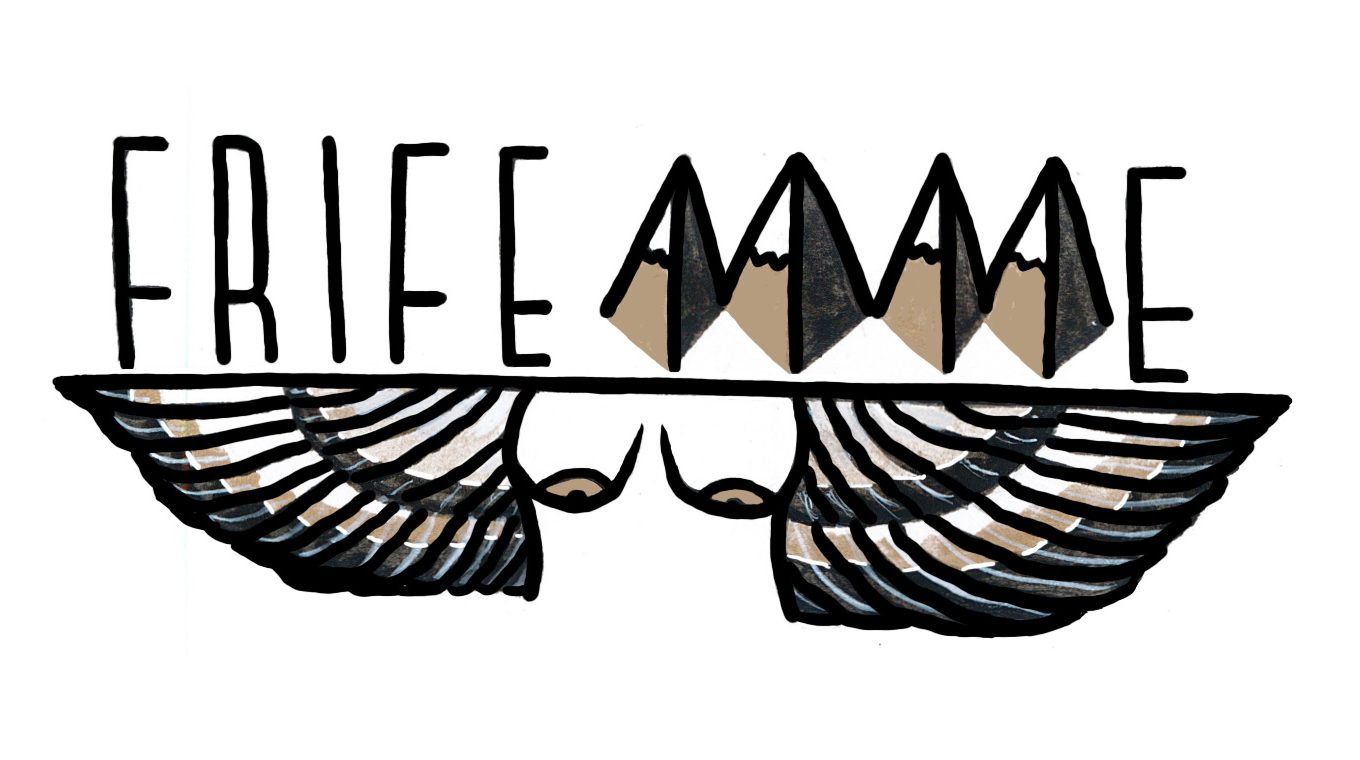
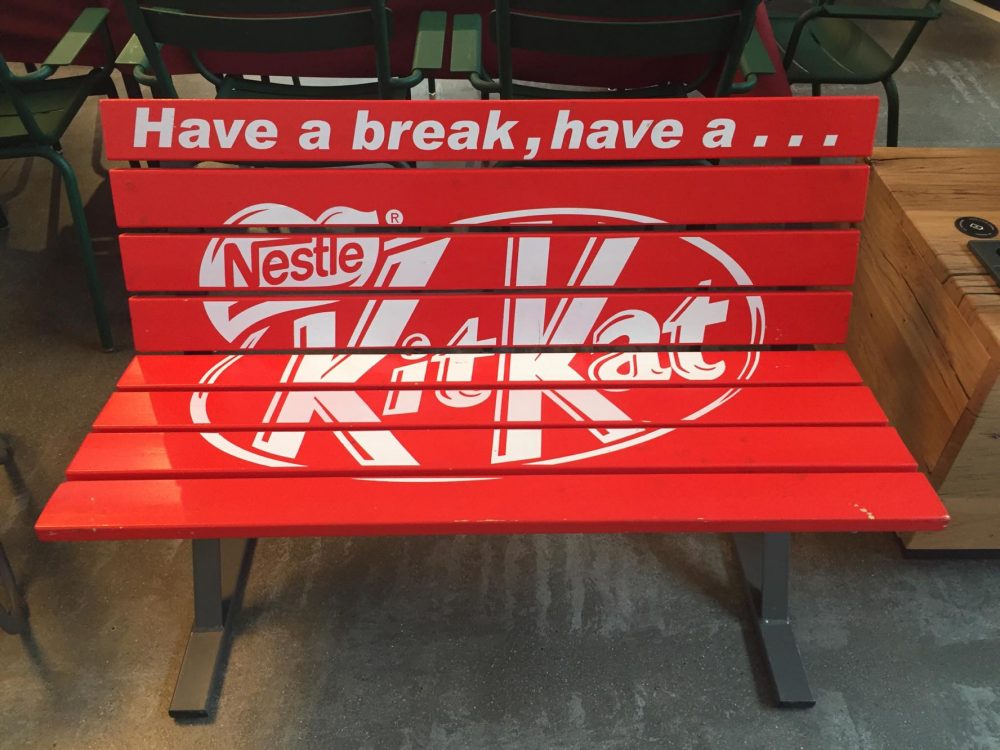

















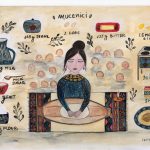
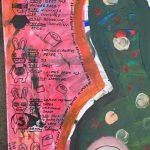
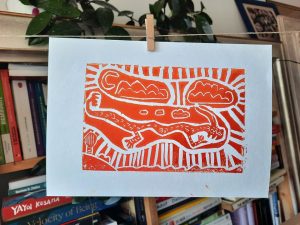
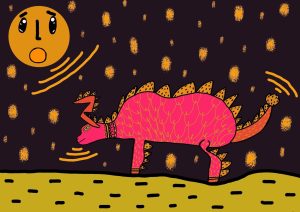
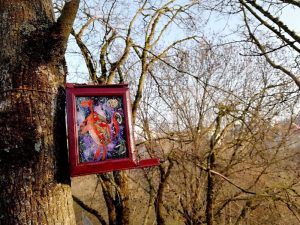
No comment yet, add your voice below!